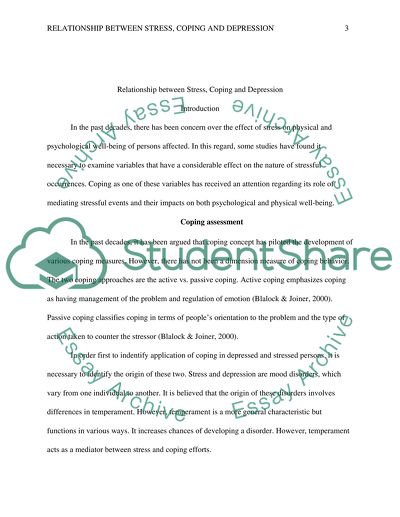Cite this document
(“Relationship between Stress, Coping and Depression Term Paper”, n.d.)
Retrieved from https://studentshare.org/psychology/1447178-discuss-the-relationship-between-stress-coping-and
Retrieved from https://studentshare.org/psychology/1447178-discuss-the-relationship-between-stress-coping-and
(Relationship Between Stress, Coping and Depression Term Paper)
https://studentshare.org/psychology/1447178-discuss-the-relationship-between-stress-coping-and.
https://studentshare.org/psychology/1447178-discuss-the-relationship-between-stress-coping-and.
“Relationship Between Stress, Coping and Depression Term Paper”, n.d. https://studentshare.org/psychology/1447178-discuss-the-relationship-between-stress-coping-and.


